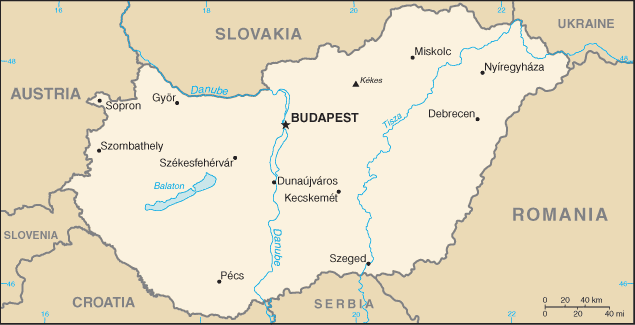This piece of content is not translated in
Español. View the original content in
Inglés here.
Drug policy
- Hungary’s national drug strategy for 2013- 20 is entitled ‘Clear consciousness, sobriety and fight against drug crime’ and envisions a “life without substance abuse leading to personal and community prosperity”.
- It is based on five core values: the right to life; human dignity and health; personal and community responsibility; community action; cooperation; and an evidencebase
- The strategy covers i) health development and drug prevention; ii) treatment, care and recovery; and iii) supply reduction.
- Drug policy and strategies undergo ongoing evaluation
Treatment and Recovery Services
- Inpatient and outpatient detoxification service for both alcohol and drug use disorders throughout the country.
- The health services for drug users are primarily funded through the National Health Insurance Fund
- NGOs are the key providers of the longterm rehabilitation programmes and Quasi-Compulsory Treatment (QCT) programmes- an alternative to criminal proceedings.
- Online self programmes are offered for Cannabis users
- Both methadone and buprenorphinebased opioid substitution treatment are financed by the state.
- Church and non-governmental organisations actively participate in operating therapeutic communities and rehabilitation services.
Prevention Services
- Prevention programmes are carried out in local communities, within family settings, in both primary and secondary schools, and in the workplace and prisons
- Prevention programmes are conducted by police, NGOs and through the media
- Programmes are available to encourage individuals away from criminal justice system and towards treatment for drug use disorders
- There are community based needle exchange programmes, clean needles and syringes available from vending machines, and an outreach services for injecting drug users.
- There is a government budget line for drug but not alcohol prevention activities
- Harm reduction services are delivered at fixed locations, by mobile units and through outreach activities.
- Environmental prevention is focussed on the regulation and availability of tobacco and restriction of smoking in public places.
- Selective prevention programmes target vulnerable groups, such as young people in state care, those living in disadvantaged neighbourhoods, homeless young people and pregnant women, and aim to strengthen family systems and develop parenting skills.
Recent Knowledge Share content about Hungría
